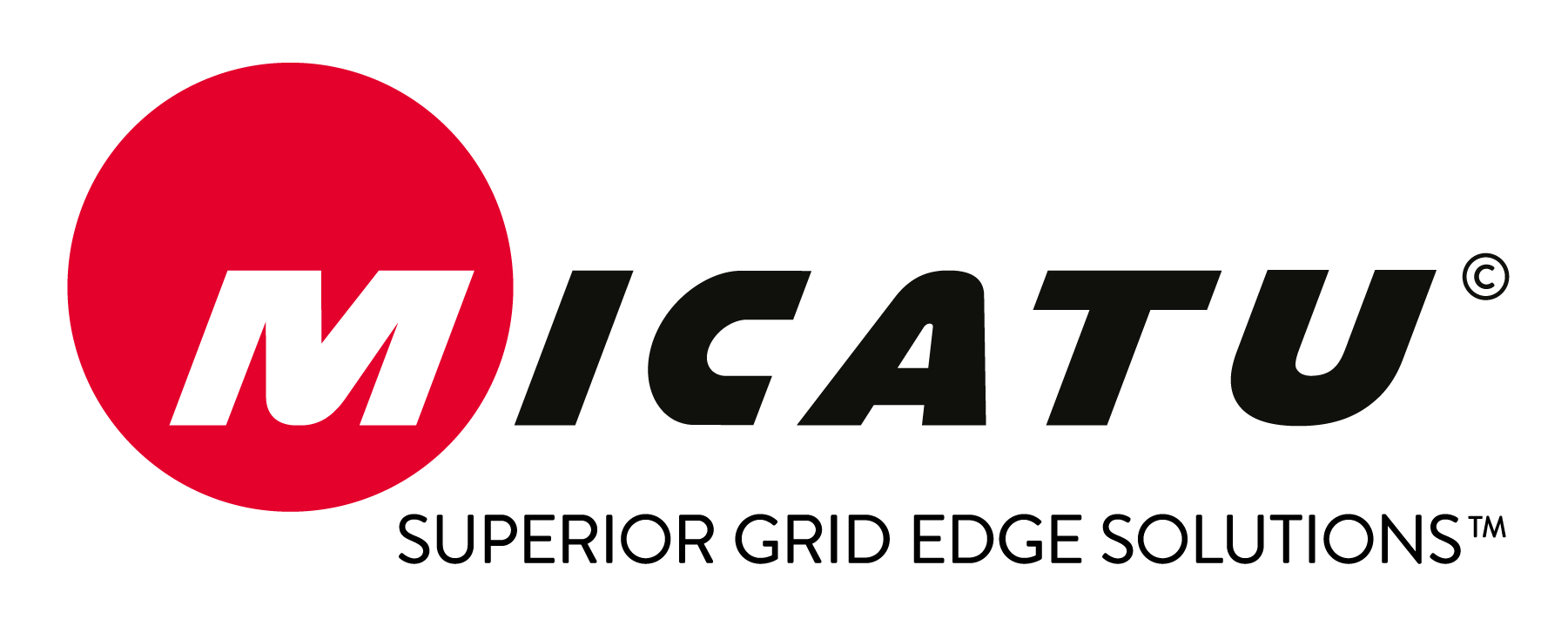Utilities must bring the big data puzzle together, not simply be happy being a piece on the table
Industry-wide collaboration, combined with the latest technology, is the only way to ensure we're utilizing our data to its fullest extent.
Imagine being asked to drive 30 miles to work every day. Then imagine your company only allowed you to use a Model-T Ford to get there. This situation is similar to the challenges facing the utility industry, as companies work to transition into a renewable energy future but are still stuck using 100-year-old infrastructure using analog measurement tools rather than modern digital options.
It has become clear that the way we have always done business isn't going to cut it anymore. We need a new, digital approach to prepare the energy grid for future demands.
At Micatu, we know the best way to prepare is to arm ourselves with information. So we partnered with ZPryme, an energy industry research provider, to learn about the challenges facing utilities and better understand how they collect and handle data.
What became clear from our survey was that utilities understand the importance of good data, but they may need help learning how to achieve their goals.
A majority of utilities report an eagerness to utilize data to drive innovation in a variety of ways. They expressed hope that using data could reduce decision times, optimize responses to disasters, and forecast environmental and infrastructure changes.
But data is not all we need.
Industry-wide cooperation is equally important. It's the only way to ensure we utilize our data to its fullest extent. By sharing data more readily, utilities gain critical insight that can be used to mitigate the pressures they face in their region.
Unfortunately, only 20% of utilities report sharing data and experiences with industry partners.
We can understand why. Utilities are highly regulated, historically siloed and valid privacy and safety concerns are involved. Even when everyone is open to collaboration, the practicalities of doing so can be tricky when data is collected differently, leading to a mess that can be difficult to untangle.
Plus, they may not even have data worth sharing. Over 57% of survey respondents identified data integration as a top challenge, and 53% said a talent deficit impacts their ability to collect, manage, and analyze the information.
Thankfully, technology has advanced to make it easier to catch up to speed quickly.
For example, our optical sensors are game changers because they provide safe and efficient methods for collecting data.
The optical sensor technology is significantly more accurate and detailed than older products. It provides clean, shareable data and eliminates burdensome data capture and analysis barriers, simplifying the process for everyone. For instance, most traditional voltage sensors clip harmonics around the 11th, and some now offer advanced harmonics which go to the 50th. Optical sensors currently read to the 250th harmonic.
With our technology, it's easier than ever for utilities to collaborate and gain unprecedented situational awareness of the grid.
Beyond simply collecting data, utilities must be able to analyze. The combination of Micatu’s optical sensors with advanced data processing and analysis tools from our technology partners makes puts the creation of a modern, digital grid within our reach.
Once they have the data, the next step is to know what to do with it. Over 24% of survey respondents said they were unsure whether the company outsourced their data collection, management, and analysis. When a quarter of the workforce doesn't know how and where the data comes from, how can they collaborate effectively?
Luckily, many in the industry recognize these challenges. Leading industry peers are working to bring greater innovation and create new pathways for companies to effectively share data without sacrificing the privacy or security of their customers.
This path is a step in the right direction because, as utilities grapple with challenges to our power grids, we must make the most of the data we can collect.
Industry-wide cooperation and investments in new technology are each crucial pieces of this puzzle, and we have to work together to move beyond being a bunch of pieces lying on a table.
The goal is to become a cohesive image.

